Tips for Writing a Contemporary Jazz Song
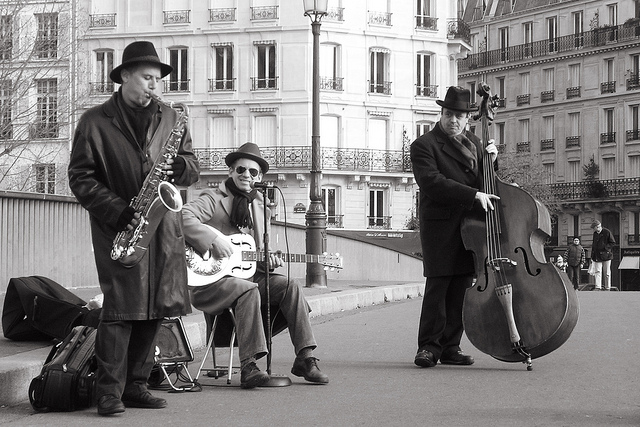
 There are many books on the subject of songwriting and it seems that each one has a different way of approaching it. What you might not hear often enough is anyone suggesting to “just do your own thing”. There are many “methods” and “systems”, but in actuality, they are really just that composer’s way of doing their own thing. Sure, the song has to make sense and people have to be able to access it. In that regard there are similarities among many contemporary songs, whereas they all have verses, choruses and basic song structure. This is where the craft of writing a song comes in, because writing a contemporary jazz song or any song is a craft and an art.
There are many books on the subject of songwriting and it seems that each one has a different way of approaching it. What you might not hear often enough is anyone suggesting to “just do your own thing”. There are many “methods” and “systems”, but in actuality, they are really just that composer’s way of doing their own thing. Sure, the song has to make sense and people have to be able to access it. In that regard there are similarities among many contemporary songs, whereas they all have verses, choruses and basic song structure. This is where the craft of writing a song comes in, because writing a contemporary jazz song or any song is a craft and an art.
Listen
Listening to good contemporary jazz music is not only enjoyable but it gives you a sense of what is currently happening in the jazz scene. George Benson, John Scofield, Larry Carlton and Diana Krall are some of the contemporary artists of today. They all sound different from each other and they all sound a long way away from the big band era.
Listening can instigate creativity.
Capture that Idea
Inspiration can strike at the oddest of times, but if you are going to successfully write that song, you have to sit down and write it. But first, you have to get that new idea captured somehow. A structured work environment and songwriting habits will eventually get you to the completion of that song, and even aide in getting that initial concept of a song or idea committed to paper or hard drive.
Simpler is better, at least at first.
Have you ever realized your greatest masterpiece one night only to wake up the next day and say, “Now how did that go?” Just hum something into a recorder with a little commentary on arrangement. If you are sitting in front of your musical instrument, turn the recorder on.
The main theme of your song should be written down (or spoken into a recorder) in order to really catch the essence of what your song is about or its intended feel. I am not talking about music notation but descriptive language as if telling a story (throwing in a description of the feeling for the chorus or a Beethoven-like intro is great). Use this description in the future to remind or redirect your writing in accordance with where your song is to go harmonically. I’ve heard of composers reviewing ideas years later and making a hit out of it. Most of us need a good memory jog to get us back into the song after being away from it for a while.
Using a simple recording on an instrument plus the written description works great, and then put it away if you can’t get to the song right now.
Give your song a quick working title, like “A Train” song or “car” song, and then you have some way to refer to it, to jog your memory a bit once you are able to get into the “workshop” and make the magic happen.
The Workshop
Once you have your idea down as we discussed above, you are not done. Your little blurb on the piano might sound pretty good but you are just now really starting to write the song.
This is the craft part of songwriting.
If you are like a lot of musicians and composers, be prepared to dig in and work. Time can really fly by when you are in this zone of creativity. Everything is ready, your main instrument is now a sharp pencil and perhaps a computer but keep the recorder on standby and a musical instrument tuned up. Some composers will immediately open their notation software and start writing the basic and minimum amount of notes down. They will create a skeleton of sorts, and with today’s technology, you can even hear it right away by playing it back in midi. This head start on a notated version will also help to prove any copyright dates or issues when your song becomes a big hit.
Other composers still write a lot of stuff down on paper, like descriptive ideas for the bridge etc., even though you may have only completed a simple melody at this point. Write it down and work through that list. You’ve got to love the “maybe-to-do-in-my-song” list. It can provide a lot of in-song guidance, especially when you just have to get some sleep and then get back into it the next day.
Rework it
Yes, I am serious. I don’t mean start from scratch but a lot of writers will let the song sit for a few days or longer and then look at it again with a real critical eye. Don’t get too caught up in this process though by constantly rewriting because it can become an endless and unforgiving element, especially for procrastinators.
But, you may have to do it several times before you can say it is complete. It is important to keep in mind what the original feel of the song was to be. Certain harmonizations for example, would lead towards a certain feeling, but don’t wake up the next day feeling ecstatic about your song and then tweak the harmonization more to how you are feeling at the moment because that may not be in keeping with your theme or feeling of direction you have worked so hard on. Thus, your critical eye reviews.
Rules
There aren’t any.
By this I mean some rules can be broken but only if it really works in the song. Some of the great classical masters were all but publicly disgraced back in the day for changing the format and the sound up a bit. Today, these same works of art are masterpieces.
Do Your Own Thing
- You will sound fresh and original.
- Breathe life into that song. That’s the “art” part of doing your own thing.
- Use your own sound and your abilities to freely create something unique.
Enjoy that creativity!
Marc-Andre Seguin is the webmaster, “brains behind” and teacher on JazzGuitarLessons.net, the #1 online resource for learning how to play jazz guitar. He draws from his experience both as a professional jazz guitarist and professional jazz teacher to help thousands of people from all around the world learn the craft of jazz guitar.
Photo by Pascal Subtil
Some Rights Reserved


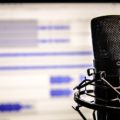
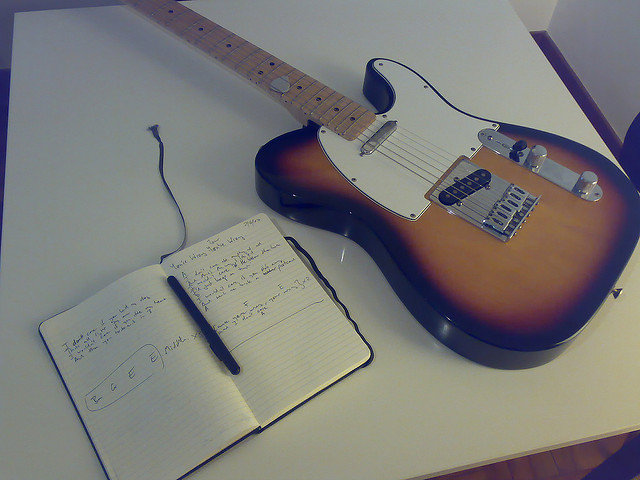
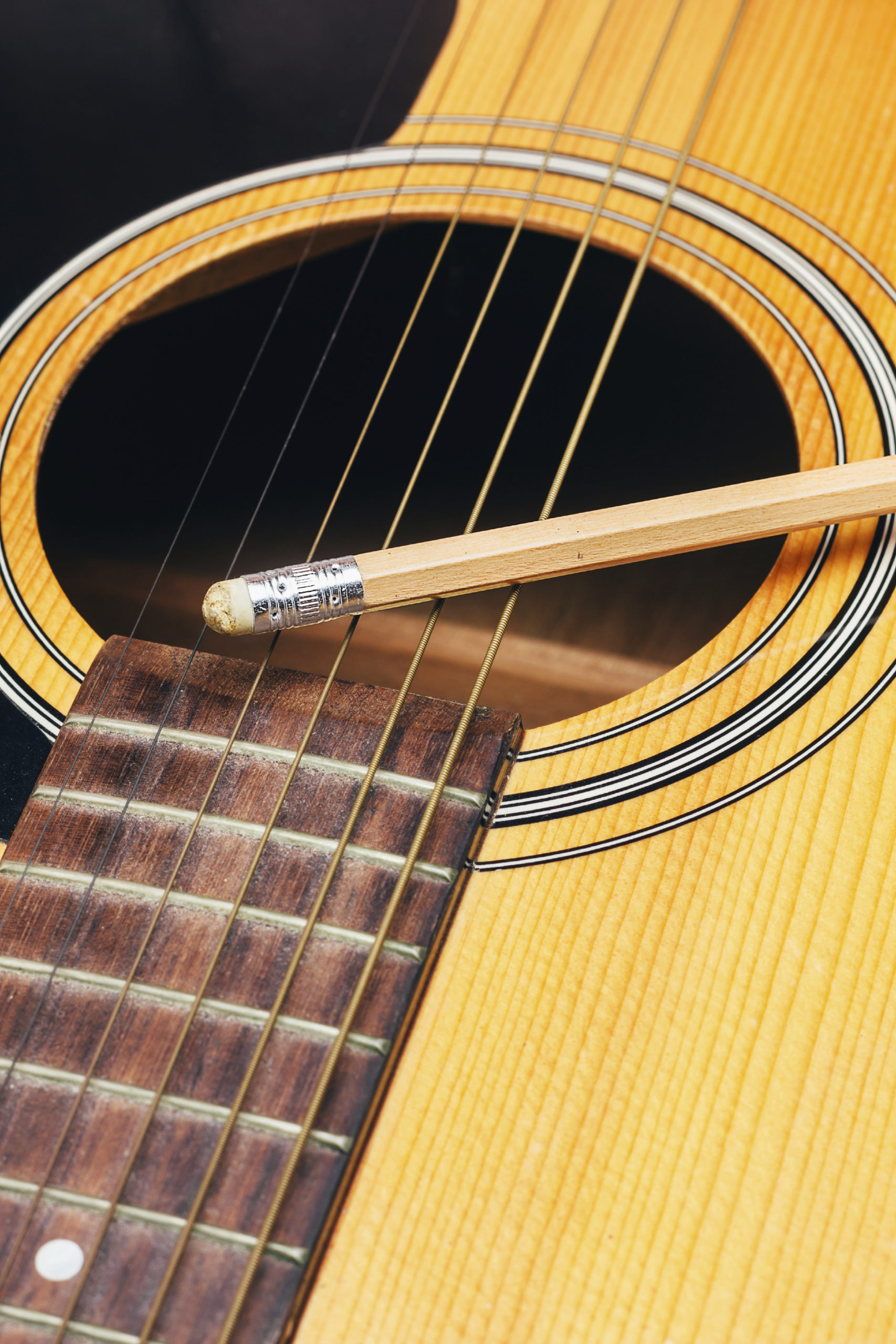

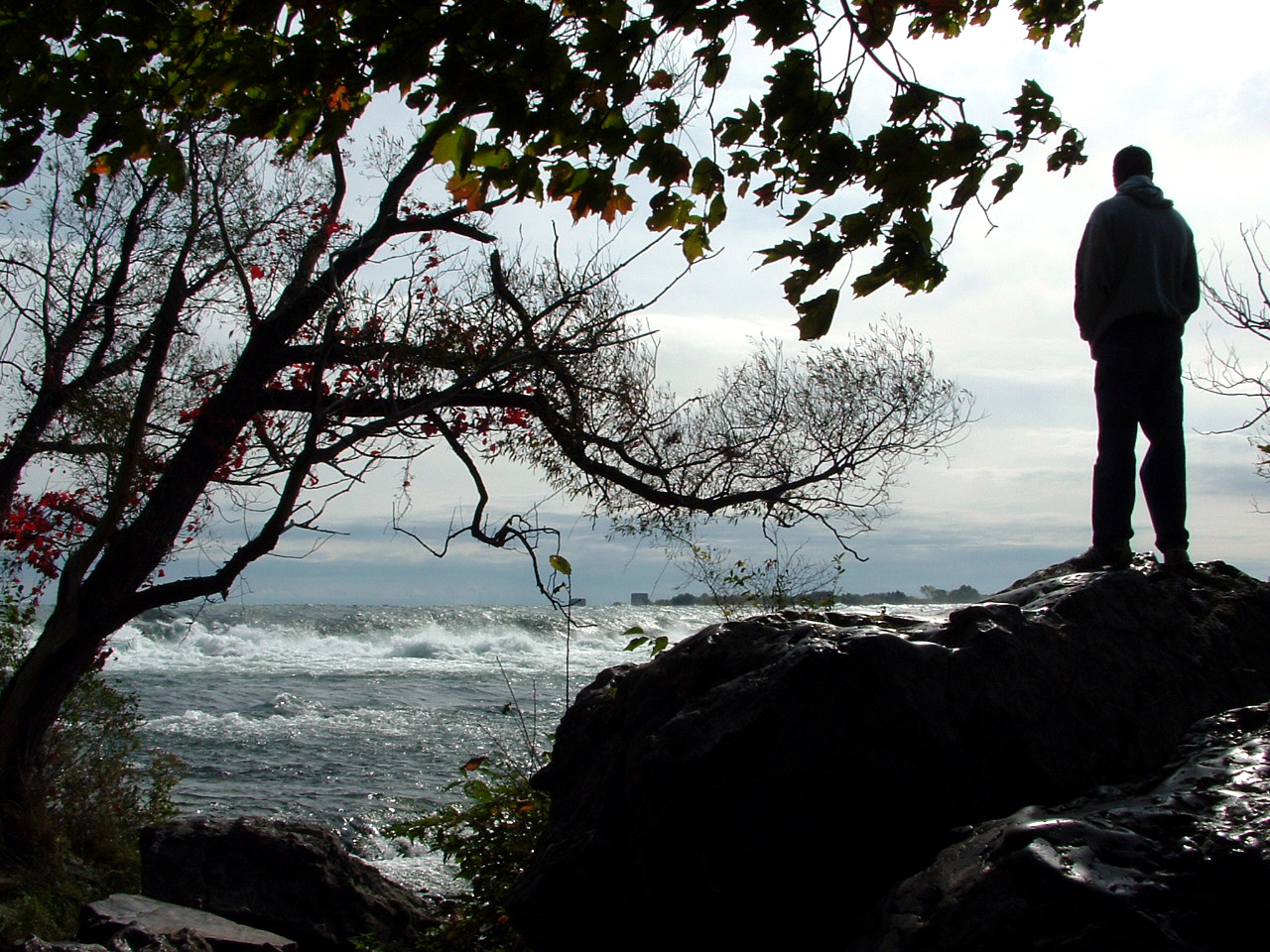
Leave a Reply